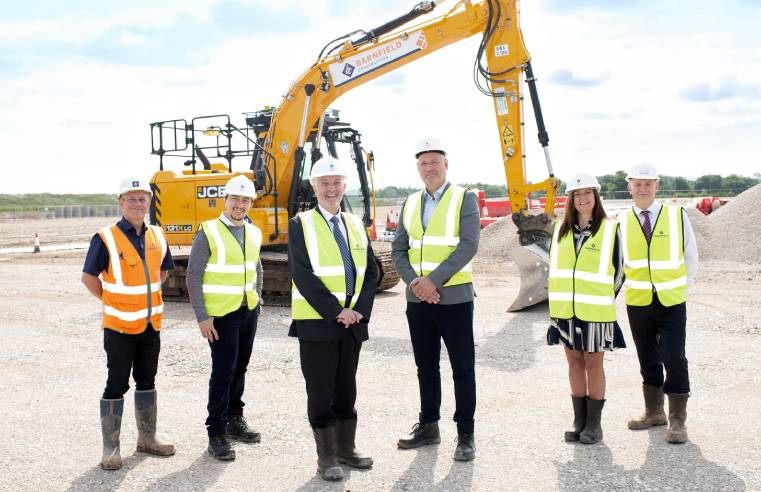- Home
- >
- Training & Education
- >
- BIM Increase in Construction
STUDY FINDS INCREASE IN DIGITISATION WITHIN CONSTRUCTION INDUSTRY
.jpg)
There has been a significant rise in the awareness and usage of BIM within the construction industry, new research has found.
The results from the 2019 survey conducted by NBS, which has been monitoring BIM adoption in the UK for almost a decade, show that overall trends of BIM awareness and adoption have grown from little more than 10% in 2011 to around 70% in 2019.
Although the latest report, which received more than 1,000 responses, does show a 1% decline in adoption, NBS remains confident that BIM will continue to embed itself in workflows as construction continues to move in a positive direction, embracing collaborative and digital ways of working.
Commenting on this, Dr Stephen Hamil, Innovation Director for NBS, said: “In the early days of BIM, some may have equated it to simply generating drawings from a model.
“There is now a wider understanding that BIM is about project teams following a common process based on standardised information and collaboration. We think we’re seeing a period of consolidation – where more people understand what BIM really represents and are embedding that into their workflows.”
The BIM Report 2019 lists some of the main barriers to the adoption of BIM, such as lack of client demand, the need for training, the time required to get up to speed and a lack of standardised tools. NBS says it has sought to align the NBS content and software to the ISO method of working to allow its customers to more easily produce BIM deliverables within their project teams for clients.
NBS Chief Executive, Richard Waterhouse, commented: “We have seen some negative trends within the report that might suggest the emergence of a ‘two-speed industry’ - the ‘BIM engaged’ and the ‘BIM laggards’.
“For the advocates, 60% of those who have used BIM have seen improvements in efficiencies whilst 22% of those yet to use BIM have indicated they would rather not adopt it.”
The survey also indicates that there has been a drop in awareness of UK government activities in this area, despite the fact that government initiatives led to the ISO standards that were launched at the end of 2018. This drop could be explained by recent changes such as the replacement of the BIM Task Group by the Centre for Digital Built Britain (CDBB).
Richard continued: “Overall, there can be no doubt that digital processes and technologies are changing the industry.
“At NBS, we have already played a significant role in the UK’s BIM journey and we will continue to do so as we move towards a global digital construction industry.
“This year, our journey to support the global BIM world takes a giant leap forward as we launch a global platform for BIM-related content.
“Our ground-breaking cloud specification tool, NBS Chorus, has connected specification clauses, technical guidance and manufacturer specifications for North America, the UK and Australia, dynamically linked to geometry objects and standards, technical and regulatory data. We have, and will continue to develop digital content and to enhance our software offerings to support global BIM processes”
www.thenbs.com/knowledge/national-bim-report-2019
www.theNBS.com
Related News
- Adhesives & Grouts
- Associations
- Awards
- Bathrooms & Kitchens
- Case Reports
- Ceramic Tiles
- Charity
- Cleaning & Maintenance
- Commercial
- Construction
- Events
- Exhibitions
- Finishes & Sealants
- Flooring
- Floor Tiles
- Health and Safety
- Hotel/Spa
- Levelling Compounds
- Porcelain Tiles
- Recycling
- Stone
- Surface Preparation
- Sustainability
- Tile Manufacturer
- Tiling News
- Tiling Products
- Tiles
- Tile Care
- Training & Education
- Underfloor Heating
- Workwear & PPE





















